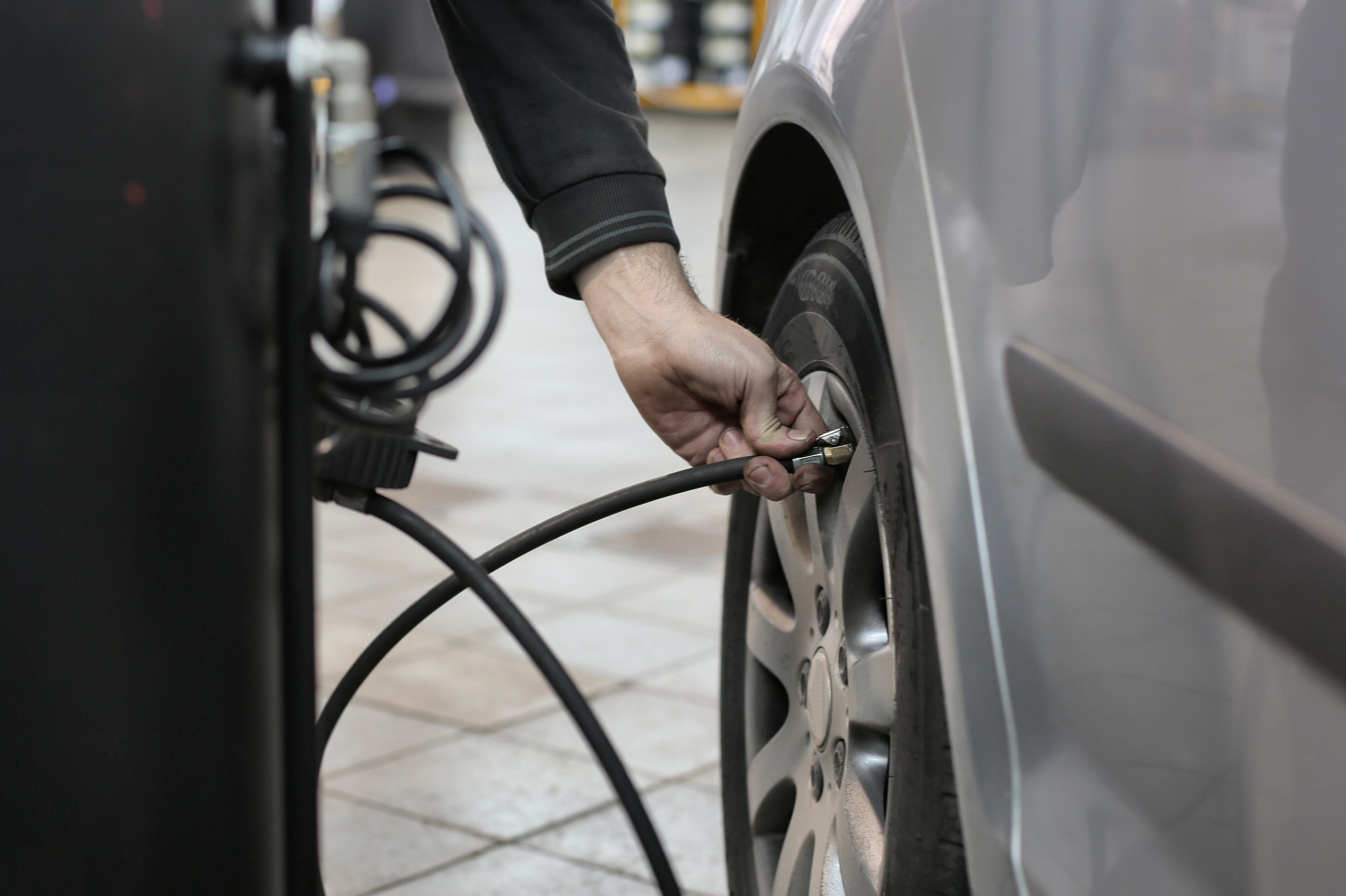We are now in October and that means it is national tyre safety month. TyreSafe have organised a month-long tyre safety campaign dedicated to encouraging drivers to check their tyres regularly.
According to TyreSafe surveys, 1 in 5 motorists have never checked their tyres and the number of illegal tyres that are actively on Britain’s roads could be up to 10 million! If you are caught driving with illegal tyres, you will be imposed a fine of £2500 and a 3-point penalty. However, the most important aspect is your safety, and you are much more likely to end up in an accident if your tyres are illegal and not fit for driving.
ACT – Air Pressure, Condition, Tread Depth
Air Pressure
- To check the pressure of your tyres, you should use an accurate tyre pressure gauge. Different cars require different levels of pressure, so make sure you have this information to hand. Check the vehicle handbook or the table of information inside the driver or passenger door. Some cars also have this info inside the fuel cap. If you cannot find the tyre pressures that are right for your car, there are specialist websites which will show you the tyre pressure for your car if you enter your registration – this Kwit Fit tool is one such example.
- To check your tyre pressure, make sure you have a suitable tyre pressure gauge and start by removing the tyre valve’s dust cap. You should then place the pressure gauge on the tyre valve stem and press down to get a reading of the pressure inside each tyre. These are measured in either PSI (Pressure per Square inch) or BAR (this is the metric unit of atmospheric pressure equal to 14.50 pounds per square inch). Whichever you use, make sure your car and the pressure gauge match up.
- If the pressure is low, then use a tyre pump to inflate to the required pressure.
- If it is too high, you need to deflate your tyres to the right reading. The easiest way to do this is by slightly removing the tyre’s pressure cap and then check regularly until the tyre is at the right pressure.
- Check your tyre pressure at least once a month but aim for once every two weeks. If your tyre pressure is too low, it can reduce your tyres lifespan by over a third through accelerated wear, which could cause an accident such as a blowout. Under inflated tyres can also reduce your cars fuel efficiency as it will be slightly harder for your car to move.
Condition
- If there are any bumps or lumps in your tyre, it could indicate that there is internal damage which could lead to disastrous failure. If you find a lump, crack or anything abnormal, you should seek professional advice and get the tyre either repaired or changed immediately.
- Check your tyres for any abnormalities at least once a month but aim for once every two weeks. Make sure to do an overall check of your tyres before setting off on long journeys.
Tread Depth
- Tread depth should be checked every month with an accurate gauge. The minimum legal limit for the tread depth of car tyres is 1.6mm. If you don’t have an accurate tread depth gauge to hand, you can use a 20p as a guide to how close your tyres are to the legal limit. If they are under the legal limit you will be able to see the 20p above the edge of the tyre.
- You should check your tyres tread depth once every two weeks as part of a routine or before you go on long journeys. If they are under the legal limit you should get them changed immediately.
- Tread depth is important because it is responsible for keeping your car’s grip on the road. If the tread depth is worn further than the legal limit, it will not grip securely on the road, making stopping distances longer and putting you at a higher risk of having a car accident.









